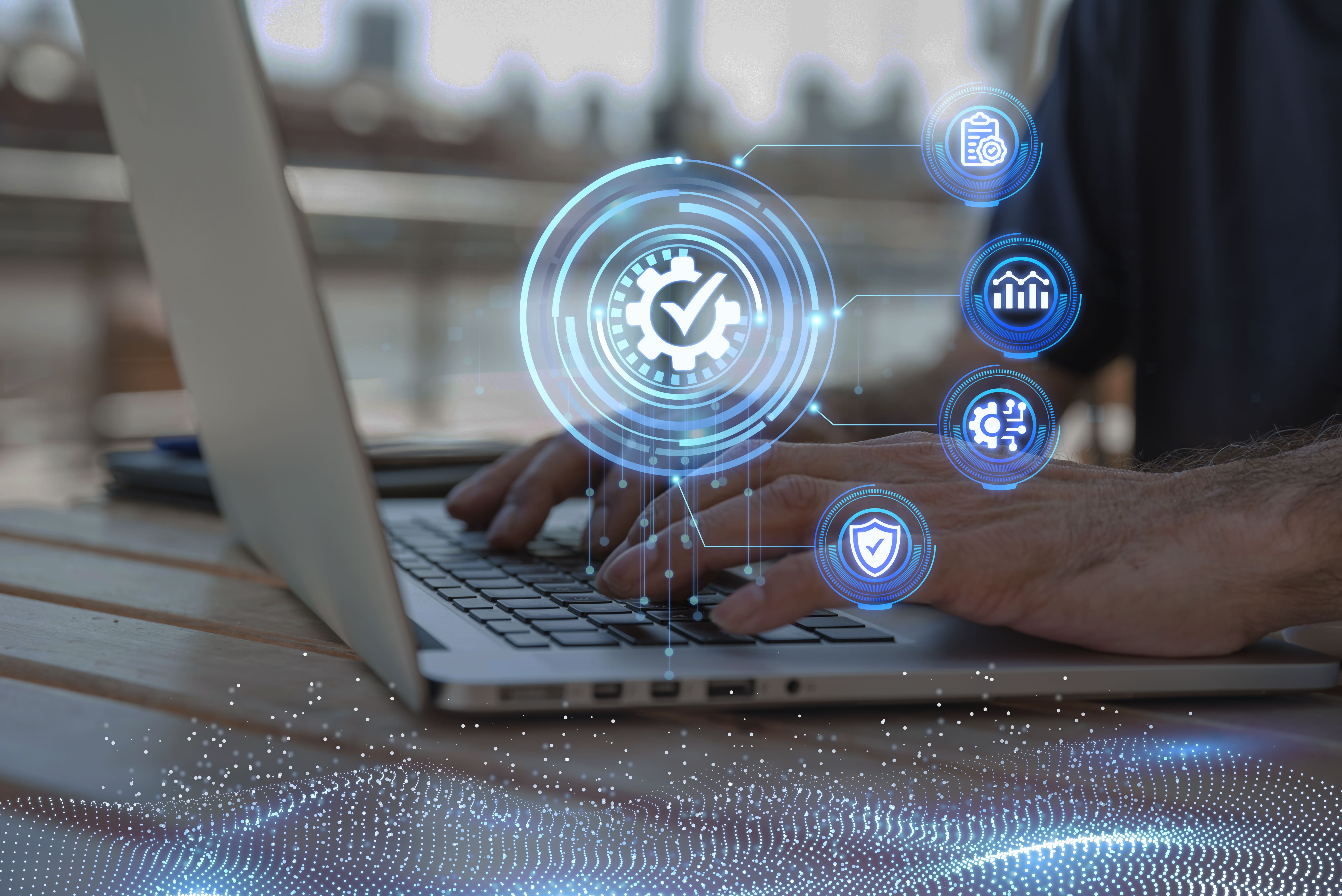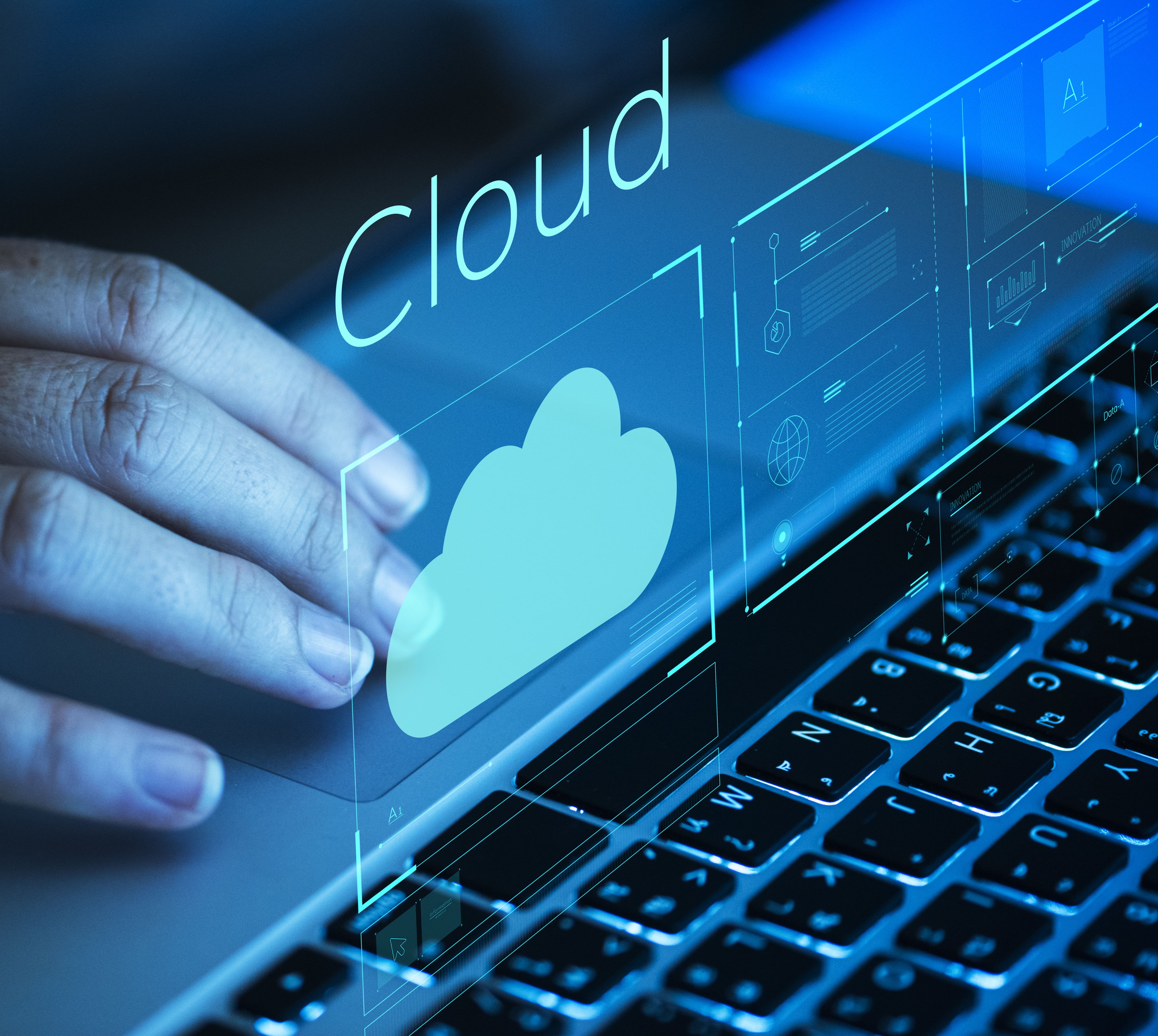
by Rebeca | Jul 5, 2023 | Cliente, cybersecurity, fintech, soffid, trends
Nowadays, financial technology companies (fintech) have revolutionized transactions and financial management. However, this rapid growth brings the urgent need for robust cybersecurity measures. As fintech becomes a prime target for cybercriminals, proactive protection of transactions and financial data is critical.
Security Challenges in Fintech
Fintech companies face data security risks due to their handling of sensitive information, including banking data, credit card numbers, and transactions. Consequently, they become attractive targets for unauthorized access. Additionally, sophisticated phishing attacks take advantage of users’ trust in fintech, seeking to obtain personal and financial information. This poses an ongoing risk of identity theft, as attackers impersonate legitimate fintech entities for fraudulent activities. Moreover, fintech’s heavy reliance on technology exposes them to potential infrastructure security breaches. These breaches can occur due to software vulnerabilities, misconfigurations, or a lack of security updates.
Solutions for Strong Cybersecurity
To enhance cybersecurity in fintech, it is important to implement robust authentication measures such as multifactor authentication (MFA) and biometrics. These methods restrict access to authorized users, providing an extra layer of security against compromised accounts. Empowering fintech users with security best practices is crucial. Educating them on identifying fraudulent messages, creating strong passwords, and protecting their devices reduces the risk of falling into cyber traps.
Regular security audits play a vital role in identifying vulnerabilities within the IT infrastructure. By conducting these audits frequently, fintech companies can promptly apply patches and updates to defend against the latest cyber threats.
Collaborating with cybersecurity experts is highly recommended. Partnering with specialized firms allows access to services like risk assessments, penetration testing, and security consulting. This collaboration helps identify and mitigate potential threats effectively.
Adhering to relevant security standards and regulations, such as the General Data Protection Regulation (GDPR), ensures the proper protection of users’ personal and financial data. Compliance with these regulations is essential for maintaining trust and safeguarding sensitive information.
As fintech companies continue to reshape the financial landscape, prioritizing cybersecurity is of utmost importance. By addressing data security risks, phishing attacks, infrastructure vulnerabilities, and implementing robust authentication methods, these companies can establish a strong defense against cyber threats. Collaborating with cybersecurity experts and adhering to relevant regulations further enhances protection.
At SOFFID, we understand the criticality of cybersecurity in today’s digital world. Our expertise and comprehensive solutions can help safeguard your company’s security and data integrity.
Shall we talk?

by Rebeca | Jun 28, 2023 | Cliente, cybersecurity, Home, soffid
In today’s work landscape, remote work is on the rise, requiring organizations to adapt security measures.
We want to emphasize the importance of implementing best practices to ensure the security of remote workers.
The Role of VPNs in Remote Work Security Remote employees often relies on unsecured networks, like public Wi-Fi, which poses security risks. Encouraging VPN use is crucial for secure connections. Benefits of VPNs include data encryption, IP address masking, and preventing unauthorized access to sensitive information.
Prioritizing Software Updates Outdated software exposes remote workers to vulnerabilities, making them prime targets for cyber attacks. Regularly updating operating systems, applications, and security patches is essential. Enable automatic updates and educate employees about the risks of neglecting updates.
Promoting Strong Password Hygiene Remote workers must maintain strong passwords for enhanced security. Encourage unique, complex passwords for each account and emphasize the importance of password managers. Educate employees about the risks of password reuse and the benefits of multi-factor authentication (MFA).
Educating Employees about Social Engineering Social engineerings attacks, like phishing and pretexting, are prevalent threats. Increase awareness among remote workers about common tactics used by cybercriminals, such as email scams, malicious links, and impersonation. Provide practical tips for identifying and reporting suspicious activities, emphasizing scepticism and verifying requests.
Implementing Endpoint Security Measures Safeguarding endpoint devices used by remote employees is crucial to protect sensitive data. Encourage the use of reputable antivirus software, firewalls, and intrusion detection systems. Highlight the importance of enabling encryption for data-at-rest and data-in-transit, ensuring remote workers’ devices are adequately protected.
Establishing Secure File-Sharing Practices Remote collaboration often involves sharing files and documents. Educate employees about secure file-sharing practices, such as using encrypted file transfer protocols, avoiding public file-sharing services, and implementing access controls to limit unauthorized access.
Conducting Regular Security Awareness Training Continuous education is key to maintaining a strong security posture. Encourage businesses to conduct regular security awareness training for remote employees. Cover topics like recognizing phishing emails, practising secure browsing, and promptly reporting security incidents.
Maintaining the security of our company is crucial to ensuring that information is always in good hands. At Soffid, we create the security solution that best fits your business model.
Shall we talk?

by Rebeca | Jun 14, 2023 | Customer, cybersecurity, Definitions, Release, soffid
Soffid 3.4.7 is the latest version of our convergent platform. It is designed to provide comprehensive protection against cyberattacks. This new release incorporates a convergent perspective, offering a 360º view of your organization’s identities and optimizing the platform’s start-up processes. With improved functionality and user-friendly tools, Soffid 3.4.7 ensures a simplified and efficient experience during the start-up process.
One of the most significant features of the new version is the Configuration Wizard, which is divided into four sections: Identity Governance Administration (IGA), Identity Risk & Compliance (IRC), Privileged Access Management (PAM), and Access Management & Single Sign-On (AM).
To successfully maintain your organization’s IDs, Soffid requires the installation of a Sync Server component in the IGA area. The wizard provides step-by-step instructions for selecting the suitable platform to host the Sync Server. Additionally, you can easily configure the authoritative source of the identities by choosing the desired mode and following the wizard’s instructions. Soffid also offers another wizard that allows you to seamlessly add applications, such as Active Directory or a Database, from an application list.
The IRC section focuses on identity risk and compliance, encompassing processes and controls to ensure the authenticity and authorization of individuals accessing sensitive data or systems. Soffid introduces new wizards in this section to help you create roles for detecting risky role assignments (SoD), schedule weekly risk reports, define recertification campaigns, and establish advanced authorization rules.
For privileged access management, the PAM section enables you to track the usage and access of service and system management accounts. Through the configuration wizard, you can easily discover assets present in your network, publish accounts in the Password Vault, create PAM policies for granular control over privileged access, and establish multi-factor authentication (MFA) policies.
In the AM section, Soffid focuses on access management and single sign-on. This functionality allows you to identify users accessing applications and implement multi-factor authentication. You can register IDs for administration and protection, add and configure new Service Providers, set up strong authentication factors, and create adaptive authentication rules to dynamically adjust the authentication methods based on criteria.
With Soffid 3.4.7, we strive to provide you with a comprehensive solution to safeguard your organization from cyber threats. The enhanced functionality and user-friendly Configuration Wizard ensure a seamless and efficient experience during the start-up process. Take advantage of the new convergent perspective and the 360º view of your organization’s identities offered by Soffid, and fortify your defences against cyberattacks.
For more detailed information about the new features and instructions on how to upgrade, please contact us.
Soffid 3.4.7 was developed to keep your company safe.
Shall we talk?

by Rebeca | Apr 26, 2023 | cloud, Customer, cybersecurity, open source, soffid
It is important to understand the latest tactics used by adversaries to compromise cloud infrastructure. Cloud exploitation is on the rise, and it is essential to be aware of the threats that businesses are facing.
Why are adversaries accelerating cloud exploitation?
The rise in cloud adoption has made it an attractive target for cybercriminals. Cloud infrastructures are often seen as less secure due to the complexity of managing and securing these environments. Additionally, many businesses have adopted a “cloud first” strategy, which means that they are prioritizing cloud services over traditional IT infrastructures. This shift has made cloud infrastructure a more valuable target for attackers.
Tactics used to compromise cloud infrastructure:
Misconfigured Services: Adversaries often exploit misconfigured cloud services to gain unauthorized access. This can include misconfigured storage buckets, firewalls, and other cloud services that may expose sensitive data.
Exploiting Weak Passwords: Weak passwords are an easy target for attackers. If credentials are not secured, attackers can use automated tools to perform brute force attacks to gain access.
Social Engineering Attacks: Attackers may use social engineering tactics such as phishing emails or spear-phishing attacks to gain access to credentials or sensitive information.
Supply Chain Attacks: Third-party providers and vendors may have access to a company’s cloud infrastructure. Attackers may target these third-party providers to gain access to their target’s cloud infrastructure.
Advanced Persistent Threats (APTs): APTs are complex and persistent attacks that are designed to gain access to sensitive data over an extended period. APTs can involve a combination of techniques and tools to infiltrate cloud infrastructure.
Adversaries are constantly evolving their tactics to compromise cloud infrastructure. Misconfigured services, weak passwords, social engineering attacks, supply chain attacks, and APTs are just a few of the tactics used by attackers. To protect against these threats, it is essential to implement security best practices, such as multi-factor authentication, security monitoring, and regular security assessments
Soffid provides its clients with all the necessary tools to deal with these risks.
Shall we talk?
Sources
- CroudStrike Global Report
- Redsky Alliance

by Rebeca | Dec 7, 2022 | cybersecurity, soffid
Cybersecurity Trends in 2023
According to a report recently published by the insurer Hiscox, cyberattacks in Spain have an average cost per company of 105.000 euros, almost double compared to 2020, which was 55,000 euros. The cost per company reaches, on average, 78,000 euros worldwide.
The reputational damage must be added to the economic cost, becouse a security breach can cause reluctance or fear among users and clients when hiring their services.
Today we share the trends in cybersecurity in 2023.
Cybersecurity Culture
Businesses will continue to fight phishing, ransomware, and DDoS. Remote work is here to stay, along with the security risks that come with it. Unshielded home networks, untrained employees, and the absence of a cybersecurity culture will pose a serious threat to organizations unless they take the proper precautions. A new geopolitical reality. The ongoing war, coupled with the energy crisis, may result in attacks on critical energy infrastructure.
Security Practices improvement
The CISO is responsible for setting the strategy, but cannot implement that strategy if there is no buy-in from other areas of the organization. It is up to the members of each department to apply the controls that the security team recommends or requires. This disconnect between the expectations of the security team and the actual implementation is where things fall apart. In 2023, organizations will look to solve this problem and place more departmental emphasis on implementing security best practices.
Zero-Trust Architecture
Businesses will address ransomware threats from several ways, from improving cyber skills by working with the security team, to the right security tools such as multi-factor authentication, and training courses. Zero-trust architecture investment to validate access and improve security will increase.
Transparent Cybersecurity with customers
The way companies interact and communicate with their customers will need to change in 2023 as the public becomes increasingly aware of ransomware threats and data privacy issues.
As data breaches become increasingly public, rather than trying to downplay or hide the incident, organizations will need to admit the problem and provide details about the steps they are taking to mitigate the problem and prevent future breaches.
Customers will appreciate this honesty and will be more likely to do business with companies that are open and transparent about their cybersecurity practices.
Visibility and security of connected devices
Leading organizations will target connected device cyber practices by establishing or updating related policies and procedures, updating inventories of their IoT connected devices, monitoring and patching devices, refining device acquisition and disposal practices with security in mind , correlating IoT and IT networks, monitoring connected devices more closely to further secure those endpoints, manage vulnerabilities, and respond to incidents.
Supply chains threats
Today’s hyper-connected global economy has led organizations to rely heavily on their supply chains, with threats evolving in complexity, scale, and frequency, so organizations will continue the drive to innovate and mature their transformation capabilities. risk and security.
Organizations are focusing on implementing and operating identity and access management (IAM) and Zero Trust capabilities that better enforce authorized third-party access to systems and data, and reduce the consequences of a compromised third party.
Shall we talk?
Fuentes:
- Spiceworks.com
- Venturebeat.com






